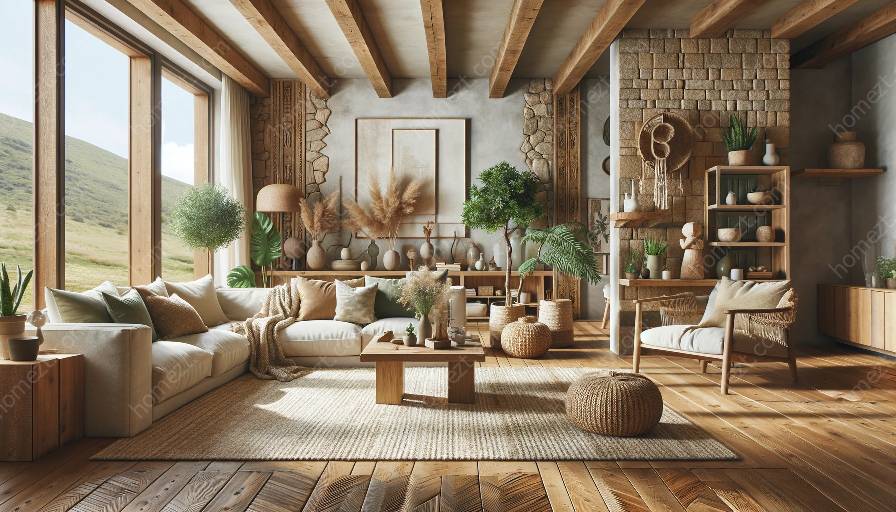When it comes to home design and decoration, the use of natural materials has seen a remarkable resurgence in recent years. This trend is fueled by a growing appreciation for sustainability, environmental consciousness, and a desire to bring a touch of nature into living spaces. However, beyond the aesthetic and environmental considerations, there are significant economic implications associated with choosing natural materials for decor. In this article, we'll explore the financial aspects of decorating with natural materials, including cost considerations, investment potential, and economic benefits for homeowners and businesses.
The Cost Consideration
One of the primary economic implications of choosing natural materials for decor is the cost consideration. Natural materials such as wood, stone, metal, and bamboo often come with a higher price tag compared to their synthetic or mass-produced counterparts. However, it's essential to consider the long-term cost-effectiveness of natural materials. While the upfront expense may be higher, natural materials tend to be more durable and offer better longevity, which can result in lower maintenance and replacement costs over time. Moreover, the inherent beauty and uniqueness of natural materials can enhance the value of a property, making them a worthwhile investment.
Investment Potential
Decorating with natural materials can also have significant investment potential. As the demand for sustainable and eco-friendly decor continues to grow, properties featuring natural materials are often perceived as more valuable in the real estate market. Homeowners and businesses that incorporate natural materials into their decor may see an increase in property value, offering a potential return on their initial investment. Additionally, natural materials are often associated with high-end, luxury design, appealing to a discerning market willing to pay a premium for environmentally conscious and aesthetically pleasing spaces.
Economic Benefits
Beyond the direct cost and investment implications, choosing natural materials for decor can bring about a range of economic benefits for both individuals and society as a whole. From a personal finance perspective, natural materials can contribute to energy efficiency, resulting in lower utility bills and maintenance costs. Furthermore, the use of natural materials supports local artisans, craftsmen, and industries, fostering economic growth and job creation within communities. On a larger scale, the shift towards natural materials in decor aligns with sustainable development goals and promotes a circular economy, where resources are utilized efficiently and waste is minimized, leading to long-term economic and environmental benefits.
Conclusion
The economic implications of choosing natural materials for decor are multifaceted and extend beyond the initial purchase price. While natural materials may entail higher upfront costs, they offer long-term value, investment potential, and a range of economic benefits at both individual and societal levels. By considering the economic aspects alongside the aesthetic and environmental factors, individuals and businesses can make informed decisions when it comes to decorating with natural materials, creating spaces that are not only visually appealing and sustainable but also financially prudent.






































